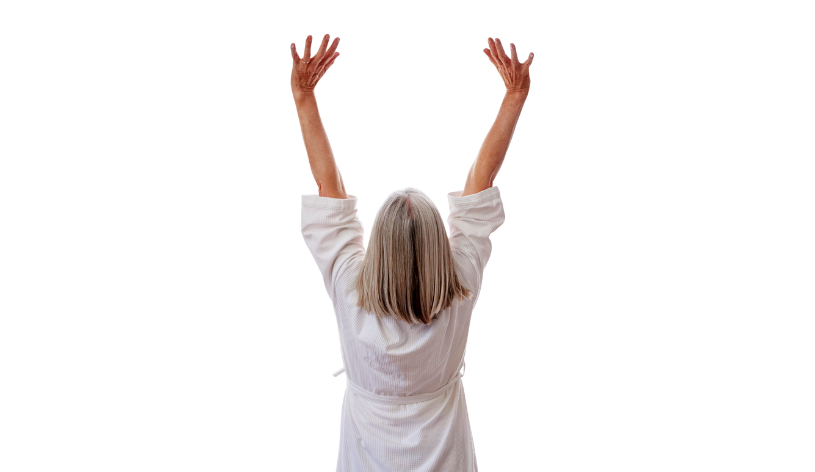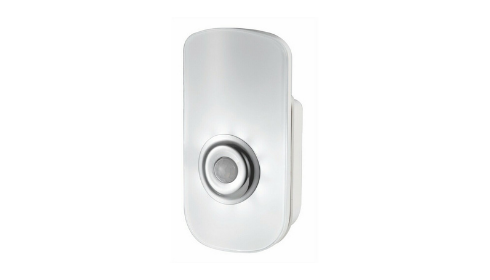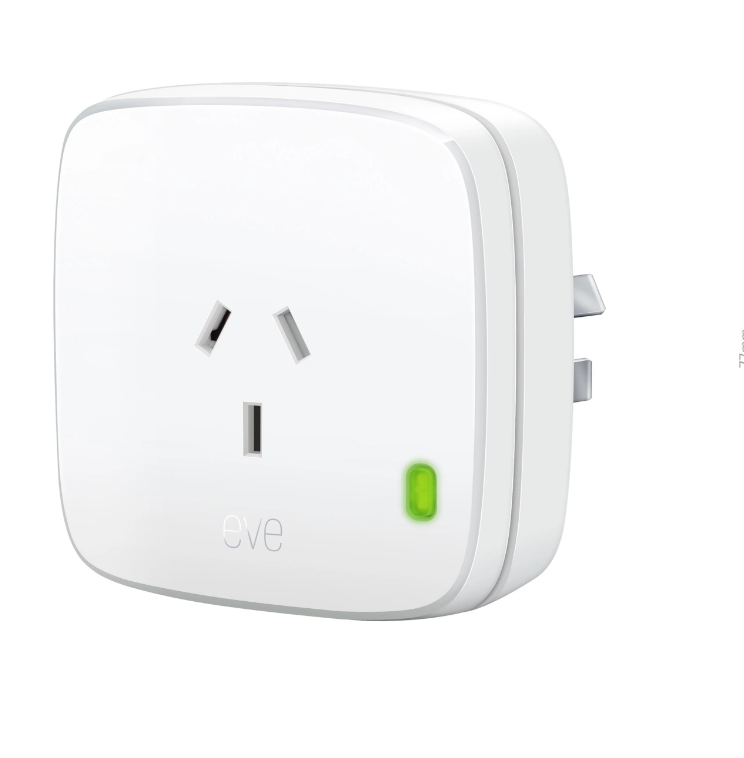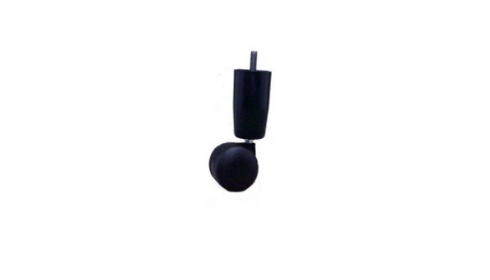Share your results
Please enter your email
Results shared!
We've sent a link to your email so you can access your results at any time.
Rest well in your bedroom by following some easy steps and using helpful products. Check out the suggestions below to become more independent in your bedroom.



This night light automatically activates for 20 seconds when movement is sensed to help...

The Eve Energy Wireless Power Sensor & Switch Turn lights and appliances on and off...

Making or moving your bed is made easy with these wheeled bed legs. The bed legs are made ...
Take our easy OpenUp quiz to get personalised advice and see suggested products, services and support in your local area or online.
Let's go!